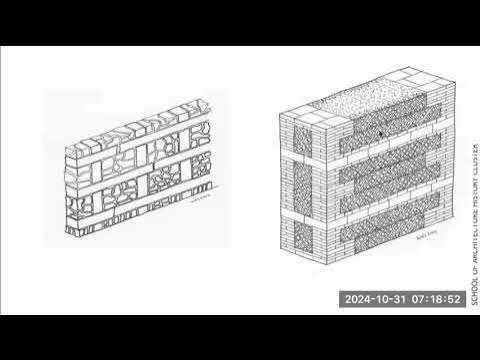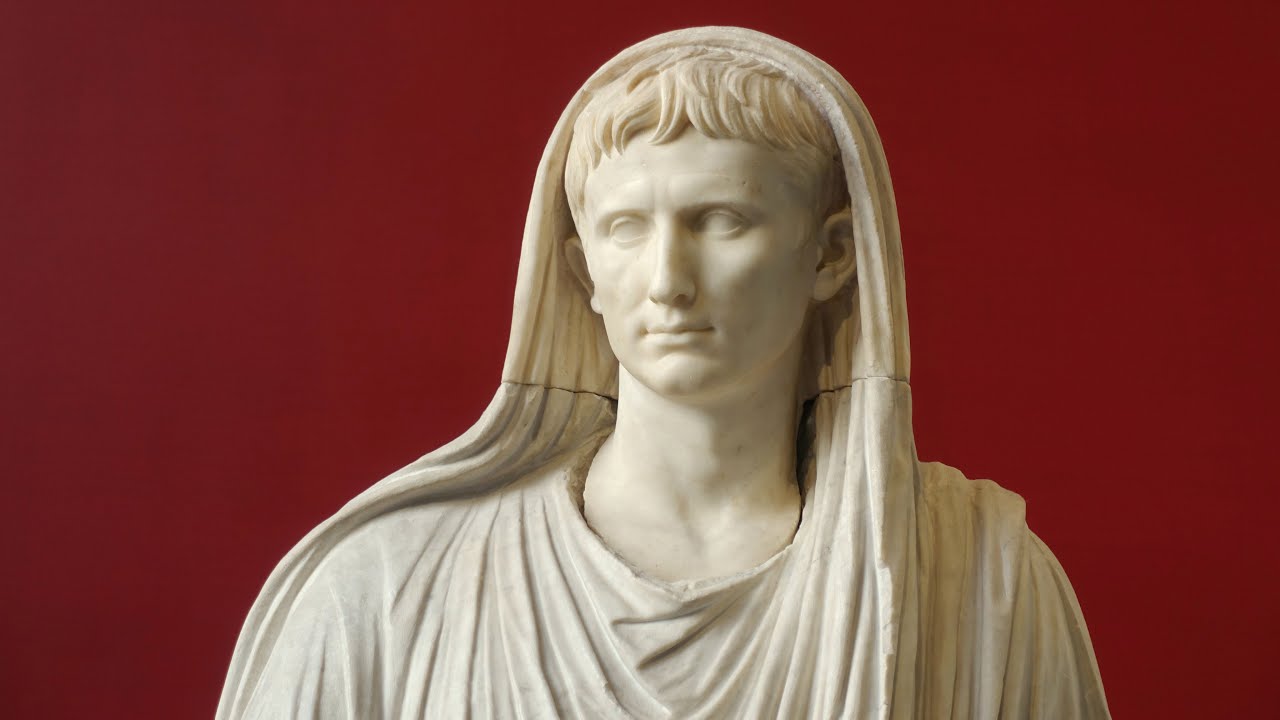Pantheon of Rome. Mystery of ancient Roman architecture in 3D
Summary
TLDRThe Pantheon in Rome, Italy, stands as a testament to ancient Roman architectural brilliance. Built nearly 1800 years ago, it was likely a temple dedicated to all Roman gods. Its design features a Classical Greek-inspired porch and a Roman-style circular rotunda, with walls 6 meters thick to support the structure's immense weight. The Pantheon’s crowning achievement is its massive, unsupported dome, the largest of its kind in the world, with an oculus at its center providing light and distributing weight. This architectural wonder continues to awe visitors and architects, praised for its mathematical design and timeless elegance.
Takeaways
- 😀 The Pantheon in Rome is an iconic architectural wonder from ancient Roman history.
- 😀 The purpose of the Pantheon remains unclear, though it is believed to have been a temple to all Roman gods.
- 😀 The Pantheon consists of two main parts: the Classical Greek-inspired porch and the Roman-style rotunda.
- 😀 The inscription on the Pantheon translates to 'Marcus Agrippa, son of Lucius, having been consul three times, made it'.
- 😀 The Pantheon’s bronze doors stand over 6 meters high.
- 😀 The rotunda was originally faced with white marble to match the appearance of the porch.
- 😀 The Pantheon’s rotunda has 6-meter thick walls, supported by relieving arches to manage its massive weight.
- 😀 The Pantheon’s dome, with a diameter of 43 meters, remains the largest unsupported dome in the world, even after nearly 2,000 years.
- 😀 The oculus, or 'eye', at the top of the Pantheon’s dome serves as the sole source of natural light inside and helps distribute the dome’s weight.
- 😀 Michelangelo, upon viewing the Pantheon in the early 15th century, called it an 'angelic and not human design', emphasizing its brilliance.
- 😀 The Pantheon’s design, with its mathematical precision and simple geometry, continues to impress architects and visitors today.
Q & A
What is the Pantheon, and why is it considered an architectural wonder?
-The Pantheon is one of the greatest architectural marvels of ancient Rome, known for its unique design and the ingenuity of Roman architects. It stands almost intact after nearly 1800 years, showcasing the advanced construction techniques of its time.
What is the primary mystery surrounding the Pantheon?
-The true purpose of the Pantheon remains a mystery. While it is believed to have been originally built as a temple for all Roman gods, its exact function is not definitively known.
What does the word 'Pantheon' mean, and how does it relate to the building?
-The word 'Pantheon' translates to 'all gods' in Greek. This reflects the belief that the Pantheon was constructed as a temple dedicated to the gods of ancient Rome.
What are the two principal parts of the Pantheon?
-The Pantheon consists of two main sections: the porch, which is influenced by Classical Greek architecture, and the circular main building, known as the rotunda, which is distinctly Roman in style.
What is inscribed on the front of the Pantheon, and what does it signify?
-The inscription on the front of the Pantheon reads, 'Marcus Agrippa, son of Lucius, having been consul three times, made it.' This signifies that Marcus Agrippa, a prominent Roman politician and general, commissioned the construction of the building.
What are some key features of the Pantheon's construction?
-The Pantheon features over 6-meter-high bronze doors, walls that are 6 meters thick, and a massive rotunda constructed from brick and concrete. The original building was faced with white marble to match the classical porch.
What role do the relieving arches play in the Pantheon’s design?
-The relieving arches were integrated into the Pantheon’s structure to help support its enormous weight, making the building more stable and durable over time.
Why is the Pantheon’s dome considered so impressive?
-The Pantheon’s dome is one of the most remarkable features of the building. With a diameter of 43 meters, it was the largest dome in the world at the time of construction and remains the largest unsupported dome in the world today.
What is the function of the oculus in the Pantheon’s dome?
-The oculus, or 'eye,' is a circular opening at the top of the Pantheon’s dome. It serves to distribute the weight of the dome and is also the building’s only source of natural light.
What was Michelangelo’s reaction upon seeing the Pantheon, and why?
-When Michelangelo first saw the Pantheon in the early 15th century, he described its design as 'angelic and not human.' He was struck by the building's harmonious proportions and the seemingly divine perfection of its construction.
Why do architects and viewers still find the Pantheon’s design impressive today?
-The Pantheon’s mathematical design and simple geometry continue to impress both architects and viewers around the world due to its timeless elegance, precision, and engineering ingenuity.
Outlines

Dieser Bereich ist nur für Premium-Benutzer verfügbar. Bitte führen Sie ein Upgrade durch, um auf diesen Abschnitt zuzugreifen.
Upgrade durchführenMindmap

Dieser Bereich ist nur für Premium-Benutzer verfügbar. Bitte führen Sie ein Upgrade durch, um auf diesen Abschnitt zuzugreifen.
Upgrade durchführenKeywords

Dieser Bereich ist nur für Premium-Benutzer verfügbar. Bitte führen Sie ein Upgrade durch, um auf diesen Abschnitt zuzugreifen.
Upgrade durchführenHighlights

Dieser Bereich ist nur für Premium-Benutzer verfügbar. Bitte führen Sie ein Upgrade durch, um auf diesen Abschnitt zuzugreifen.
Upgrade durchführenTranscripts

Dieser Bereich ist nur für Premium-Benutzer verfügbar. Bitte führen Sie ein Upgrade durch, um auf diesen Abschnitt zuzugreifen.
Upgrade durchführen5.0 / 5 (0 votes)






